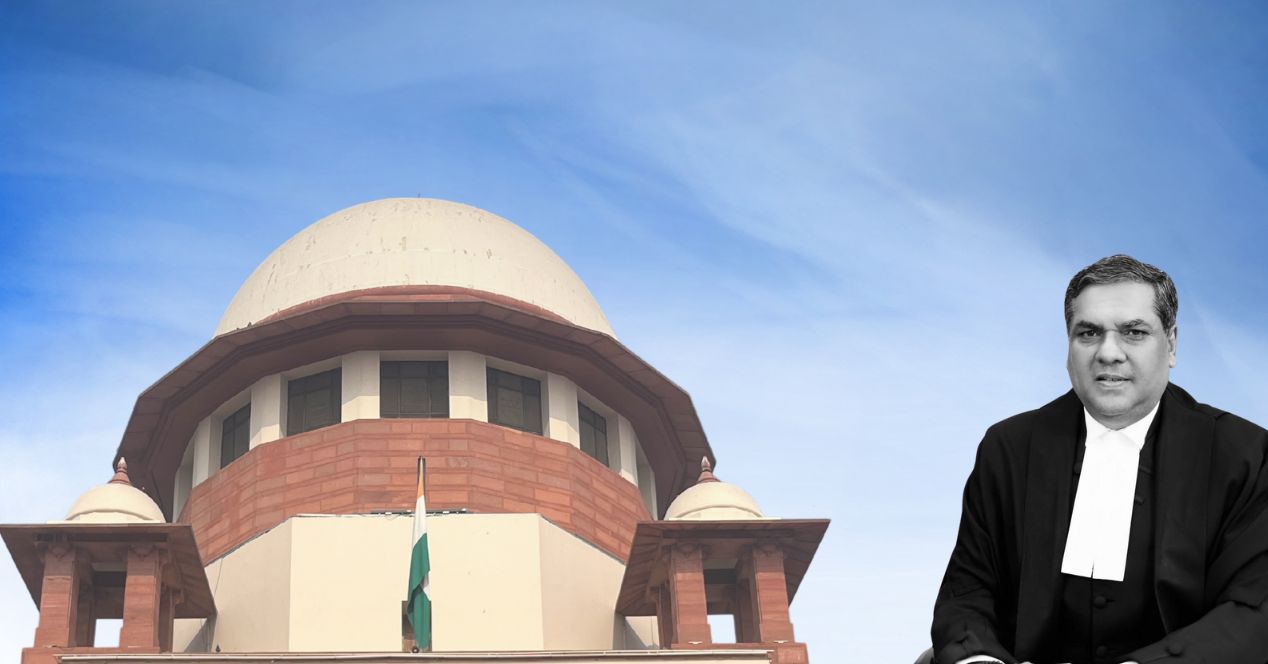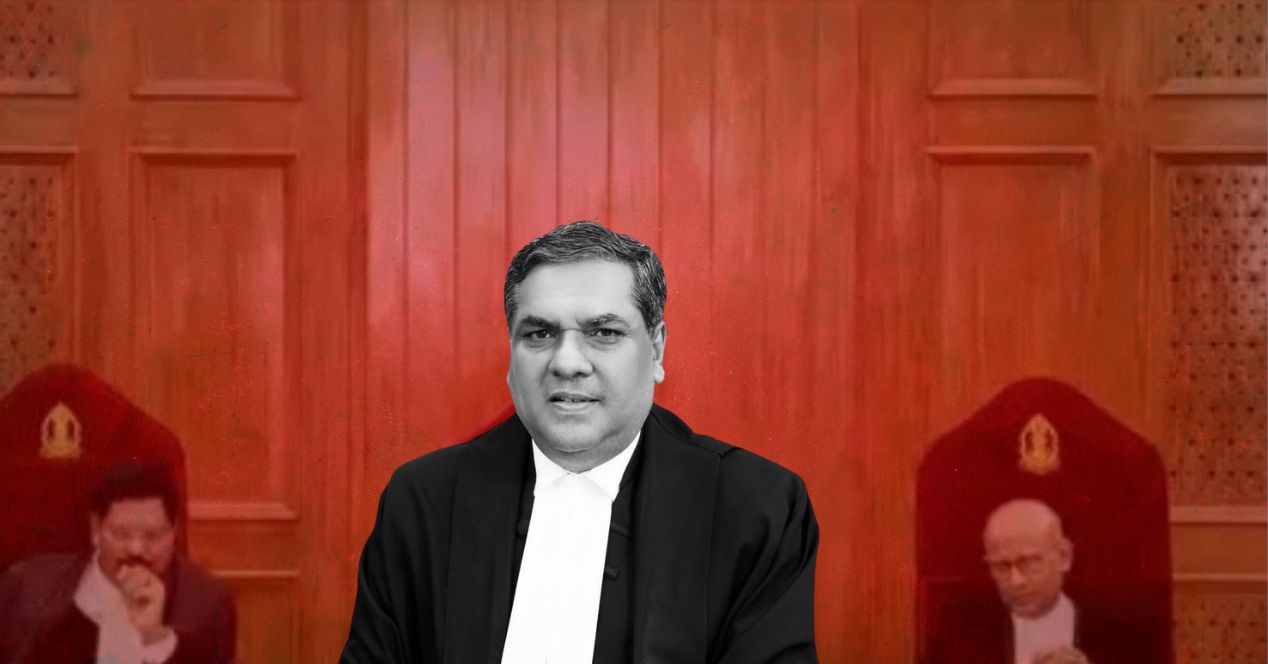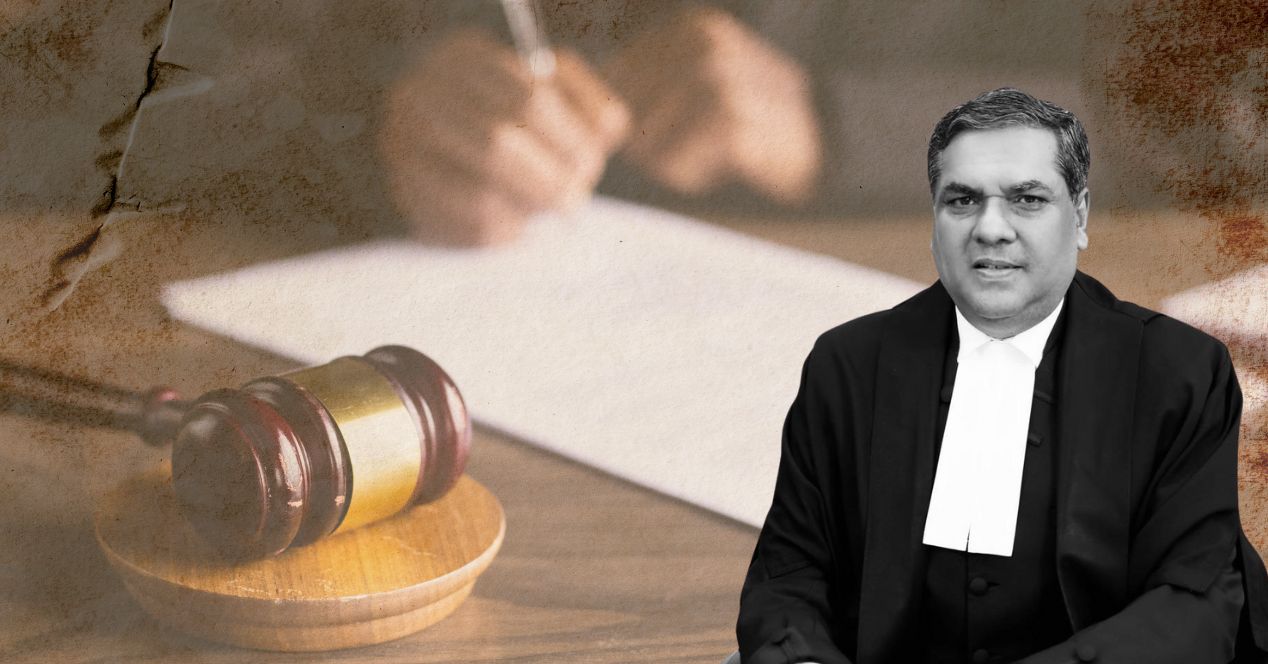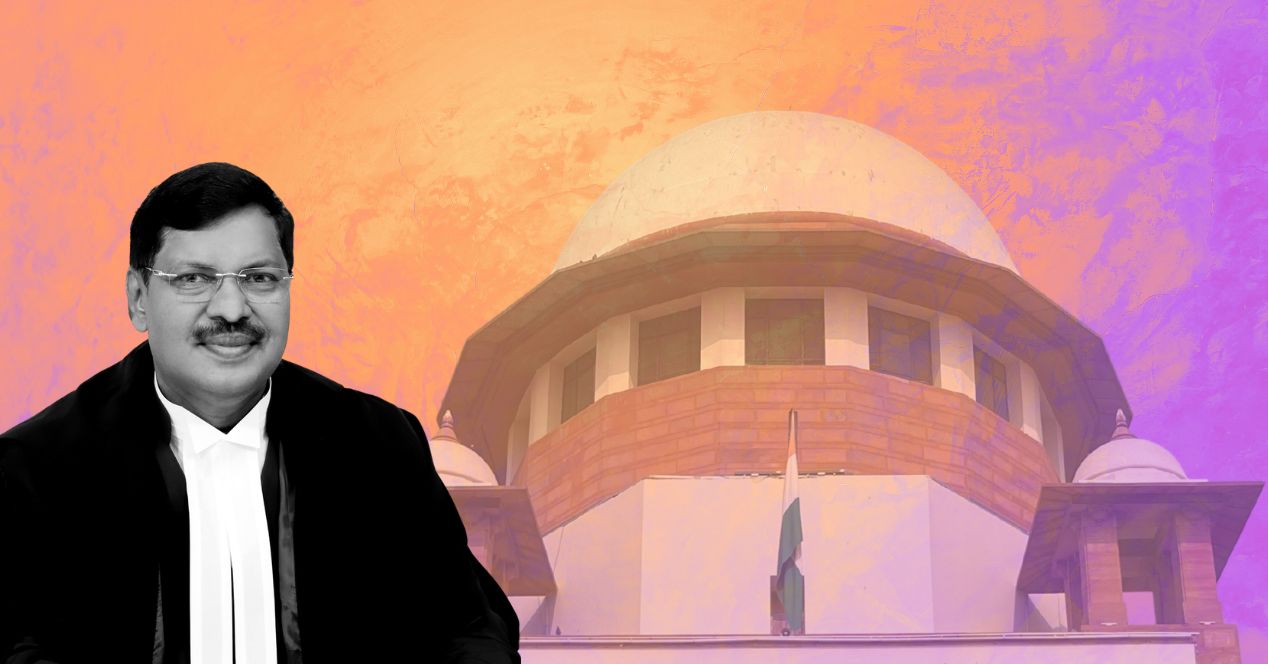Analysis
Khanna retirement: Administrative decisions showed real results
Increased disposal rate, quick action during an unprecedented crisis, Collegium data disclosures—CJI Khanna left a mark despite brief tenure
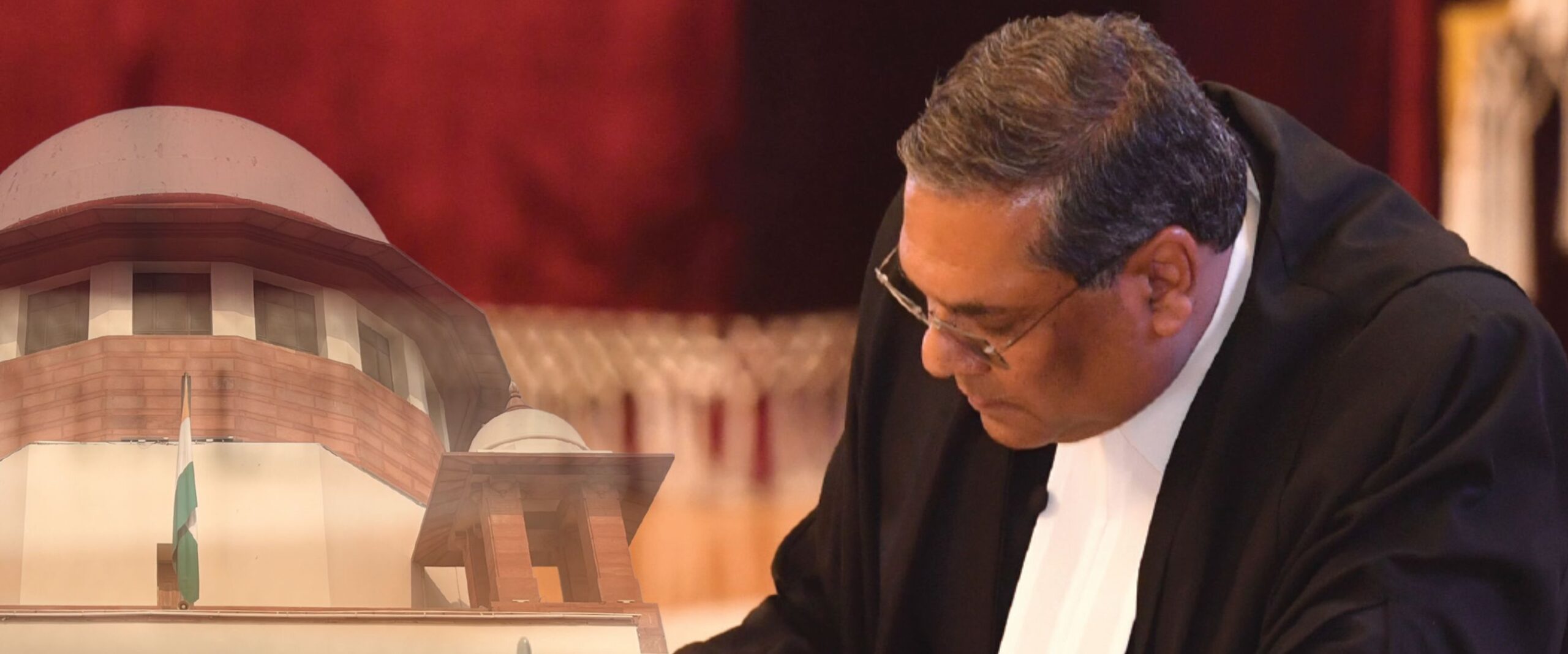
Sanjiv Khanna retired yesterday after a six-month tenure as the 51st Chief Justice of India. His time in office was marked by a consistent emphasis on the role of the Bar in the dispensation of justice. At the start of his tenure, he remarked that a narrative which prizes the centrality of judges is “fundamentally flawed” since the judiciary will be incomplete without the assistance of lawyers. He also quoted his uncle H.R. Khanna, a former Supreme Court judge, who had said that “judges shine in the reflected glory” of counsel.
Justice Khanna had to balance some very contentious issues through his tenure. Yet, his approach and demeanour was one of applying the law regardless of consequences—it is how he burnished his reputation as a predictable and consistent judge. Despite occasional backlash, he proceeded in an almost old-school fashion, with limited media interaction.
‘By the book’ in key decisions
As a Supreme Court judge, Justice Khanna was involved in several key rulings which interpreted the law and settled contemporary issues. He has been part of Benches that have upheld: the use of Electronic Voting Machines; the application of the Right to Information Act to the CJI’s office; the executive and legislative decision to abrogate the special constitutional status of Jammu & Kashmir; the validity of unstamped arbitration agreements.
In a concurring opinion in the Court’s decision to strike down the Electoral Bond Scheme, he relied on the proportionality test to privilege the citizen’s right to know over a political donor’s right to privacy. He wrote a dissenting opinion in the decision of the Court to clear the redevelopment of the Central Vista, reasoning that due process had not been followed. Justice Khanna was also part of the Bench that granted interim bail to former Delhi Chief Minister Arvind Kejriwal in a case connected to a liquor policy scam. The effect of this ruling was that Kejriwal could campaign for the General Election under certain conditions.
As Chief Justice, he led a Bench that stayed filing of fresh suits under the Places of Worship Act at a time when the atmosphere was communally charged. More recently, instead of rushing through the Waqf Amendment Act 2025 challenges, CJI Khanna left the hearing of substantive issues to his successor, who will have more time to consider the case records.
A Member of Parliament from the ruling party had used loose words to criticise the Court’s handling of the waqf issue. When pleas for initiating contempt against the MP came up before a Bench led by CJI Khanna, he dismissed them, citing the Court’s broad shoulders to handle criticism.
Administrative moves to improve disposal
As CJI, Justice Khanna rang in several administrative changes that may have not made front-page headlines but created an impact on case load and lawyers’ working lives. He streamlined the process of mentioning urgent fresh matters by moving it online (over email). This was followed by a quick and efficient initial listing of such cases.
His first big move after assuming office was to direct that ‘regular matters’—cases already admitted for hearing—not be listed on Wednesdays and Thursdays, the two days which the D.Y. Chandrachud Court had reserved for hearing these kinds of cases. Instead, he called for ‘after-notice miscellaneous matters’ to be listed on these days, in addition to Tuesday. These are matters where notice has been issued to the other side but which haven’t been admitted for hearing.
This decision was questioned and opposed by members of the Bar, who worried that ongoing matters involving important questions of law and the fortunes of their clients would be put on the backburner in favour of after-notice matters, many of which were not as straightforward as to simply dismiss. The concern was especially pronounced since the second half of CJI Chandrachud’s two-year tenure had focussed quite sharply on regular and Constitution Bench matters.
In our opinion, however, the move was needed to tackle the Court’s sprawling pendency problem. This view is borne out from the rear-view mirror. As of 11 May 2025, data on the National Judicial Data Grid (NJDG) suggests that 64.2 percent of 63,887 registered matters in the Court are in ‘admission complete’ stage (this category presumably includes ‘after-notice miscellaneous matters’), as opposed to 35.8 percent matters in the ‘regular ready’ stage.
This year, so far, disposals of registered cases amount to almost double the cases instituted (19,291 to 10,653). As a comparator, in 2024, there were only around 3000 more disposals than institutions (52,333 to 49,757). If we compare the first three months of this year with those of the previous one, the average disposal rate increased by 50 percent this year, as depicted in the table below. This year, after the Court returned from its Winter Break, regular matters began being listed on Thursdays. Yet, the disposal rate increased by more than 30 percent from January to March.
Clamping down on letter adjournments
CJI Chandrachud had discontinued the practice of seeking adjournments through circulation of letters. He had put in place a system where an adjournment had to be moved by a party or counsel in court, and that too only one time. When Justice Khanna took over, there was a request from Bar Associations to reinstate the earlier system of letter adjournments.
Justice Khanna remained steadfast and relied on data to show that the system was working. In an address on Constitution Day, he noted that the Court had gone from receiving an average of 1000 letters per day to around 150 applications for adjournments a month.
Justice Khanna’s conviction aside, it’s not clear whether this system is actually saving judicial time. While the data cited by CJI Khanna might indicate a reduction in the bare number of written requests, it does not account for oral requests that still continue to be made daily.
Under the earlier letter system, a judge would have advance notice of the reasons for seeking adjournment. If they felt the request was valid, they could utilise their time to read the files of other cases listed for the next day. Since the present system doesn’t allow for advance intimation, judges have to read all the files and spend precious court hours to consider oral requests for adjournment.
Resolute and consistent
Despite such kinks, it’s clear that there is less administrative friction than when CJI Khanna assumed office in November 2024.
Worthy of mention is CJI Khanna’s sure-footedness while dealing with perhaps the biggest crisis on the administrative side during his tenure—the unprecedented allegations against a Delhi High Court judge following the recovery of unaccounted cash at his residence during a firefighting operation.
The CJI was quick to initiate the ‘in-house inquiry’ process and constitute a three-member judicial committee to submit its report. The Supreme Court also put out a separate inquiry document on the incident which included: a report commissioned by the CJI and authored by the CJ of the Delhi High Court, the judge’s response to the allegations, pictures and a video of the burnt currency notes.
On the basis of the three-member committee’s findings (this report has not been made public), CJI Khanna reportedly asked the judge to resign. After the judge refused, Justice Khanna forwarded the report to the President for the initiation of impeachment proceedings.
Despite CJI Khanna having constituted only a single Constitution Bench, it has clearly been an action-packed six months. While bidding adieu to CJI Chandrachud, CJI Khanna had evoked the Frank Sinatra song ‘My Way’ and said: “Chief, you truly did it your way.” The remark can be equally applied to its speaker. Despite the Court facing heat on multiple fronts, he guided it with consistency and firmness. Sanjiv Khanna did it his way—without fear or fervour—and he leaves the Court on an even keel.
The authors are advocates practising at the Supreme Court of India.
Corrections & Clarifications: An earlier version suggested that regular matters were listed “as usual” after the Court returned from its Winter Break in January 2025. “As usual” would suggest they were listed on Wednesdays and Thursdays. But regular matters, in fact, have been listed only on Thursdays since January. The error is regretted.

